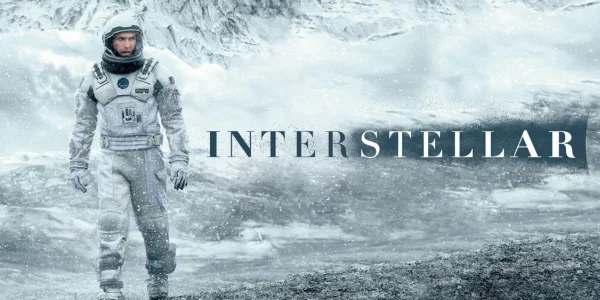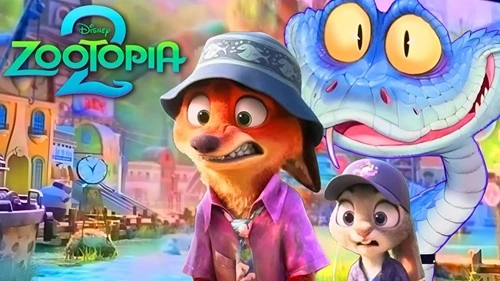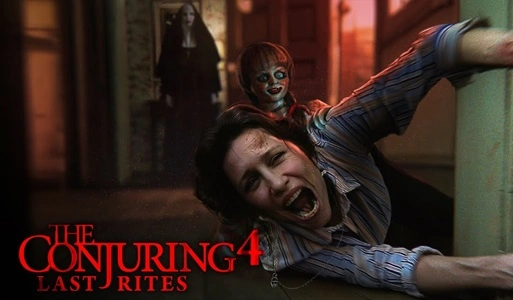Christopher Nolan’s Interstellar (2014) is one of the most ambitious science-fiction films of the 21st century, blending mind-bending space travel, time dilation, black holes, and deep emotional storytelling. With its intricate scientific concepts and realistic portrayal of space, the film raises an intriguing question among fans and curious minds alike:
Is Interstellar based on a true story?
The answer is: No, Interstellar is not based on a true story, but it is deeply rooted in real science. While the characters, planets, and specific events are fictional, the movie is heavily inspired by actual astrophysical theories, particularly those concerning black holes, wormholes, and relativity.
The Role of Real Science in a Fictional Story

What sets Interstellar apart from many sci-fi films is its scientific accuracy—largely thanks to the involvement of world-renowned theoretical physicist Kip Thorne, who served as the film’s executive producer and scientific consultant. Thorne, a Nobel Prize-winning physicist, helped ensure that the film’s depiction of space travel, gravitational time dilation, and black holes stayed as close to real science as possible.
One of the most visually stunning and scientifically grounded elements of the film is the depiction of Gargantua, the massive spinning black hole. Unlike the cartoonish black holes of earlier movies, Gargantua is based on accurate gravitational lensing models. The result was so scientifically robust that it led to a published scientific paper.
Time Dilation: A Real Phenomenon
A major plot point in Interstellar involves the phenomenon of time dilation—where time moves slower near massive gravitational objects. When Cooper and the team land on the water planet near Gargantua, a few hours spent there equals years on Earth. While this may seem far-fetched, it’s actually rooted in Einstein’s theory of general relativity.
While the exact scenario is fictionalized for dramatic effect, the concept is very real and has even been observed in satellite GPS systems and astronauts spending extended time in orbit.
The Search for a New Home: A Fictional Future?
The central premise of Interstellar—humanity searching for a new planet due to Earth’s environmental collapse—is not currently a true story, but it’s grounded in genuine scientific concerns. Climate change, food shortages, and sustainability are global issues that scientists and leaders around the world are grappling with. While we are far from mounting interstellar missions, agencies like NASA and SpaceX are already exploring ways to reach Mars and beyond.
Emotional Core Meets Scientific Wonder
Despite its scientific foundations, Interstellar is at heart a human story—about love, sacrifice, and the will to survive. The relationship between Cooper (Matthew McConaughey) and his daughter Murph (Jessica Chastain/Mackenzie Foy) brings emotional depth to the complex science, making it resonate with a broader audience.
Final Verdict
So, is Interstellar based on a true story? No, but it’s inspired by real scientific theories and future possibilities. With the help of Kip Thorne’s guidance and Christopher Nolan’s vision, the film creates a fictional journey that feels grounded, thought-provoking, and thrillingly close to what might one day be possible.



